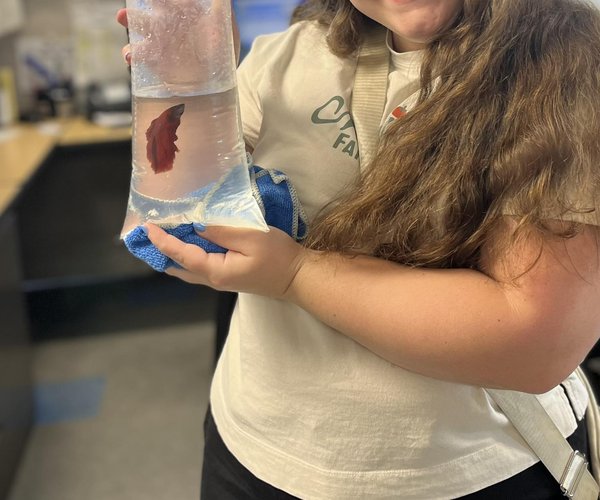The California Department of Public Health confirmed Friday that the state has recorded its first death this year from West Nile Virus. The deceased was a senior citizen from Sacramento County. The CDPH did not state if the deceased had any underlying medical conditions that contributed to the death.
State sees first West Nile Virus related death









